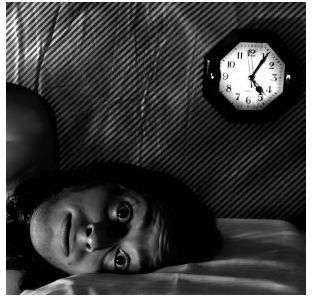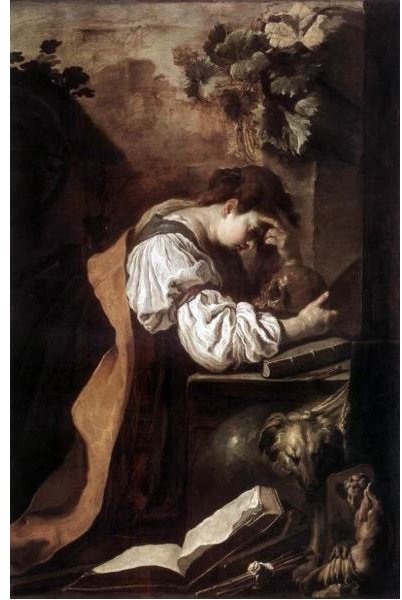What is Melancholic Depression?
What is Melancholic Depression? Definition
Melancholic depression is a subtype of major depressive disorder and can be found in both men and women, most often in the elderly. A change in mood, cognition, motor skills, and perception are present, as well as psychotic episodes. This type of depression is rare, only affecting about one to two percent of Western populations.
The word ‘melancholia’ has a Greek origin.
Melancholia: Greek- mélās (black) and kholḗ (bile). In ancient Greece, this black bile was one of four bodily fluids or humors that dictated a person’s overall mental and physical health. An excess of black bile was believed to cause depression or melancholia. In the fifth century BCE, Hippocrates identified melancholia “as a persistent sadness and morbid thoughts that have their source in a disorder of the brain” (Taylor & Fink). So, what is melancholic depression? To the ancient Greeks it was an overabundance of black bile that caused a brain disorder. To the modern world, it is a severe form of depression that is brain related, but not because of some mysterious fluid in our bodies.
Symptoms of Melancholic Depression
The Diagnostic and Statistical Manual of Mental Disorders, 4th Edition (DSM IV) published the following criteria for a diagnosis of melancholic depression.
- Loss of interest or pleasure in usual activities: activities that once brought pleasure to the individual are now of no interest. Depression has depleted the desire to engage in such activities.
- Lack of reactivity to pleasurable stimuli: even when positive events occur, the individual finds little or no enjoyment. For instance, going to see a grandchild graduate may bring a brief sense of happiness, but this quickly fades.
Plus at least three of the following:
- Distinct quality of mood: unlike normal sadness and distinctly different from a non-depressed mood.
- Morning worsening of mood: depression may be at its highest level in the morning.
- Early morning waking: waking up at least two hours earlier than usual.
- Psychomotor agitation or retardation: slowed movements and slowed cognitive abilities.
- Significant anorexia or weight loss: as with many types of depression, changes in weight can occur as the individual fails to take care of their most basic needs. Anorexia may or may not be present.
- Excessive guilt: feeling an intense and excessive amount of guilt for things that seem to be of no real importance (i.e. bumping into someone).
In addition to these symptoms, a loss of libido is also a common symptom of melancholic depression.
How to Tell the Difference Between Melancholic and Non-Melancholic Depression

There are several characteristics of melancholic depression that make it stand apart from non-melancholic depression, and they are related to sleep patterns and mood activity.
Melancholic Depression:
Sleep Pattern- Insomnia-type sleep patterns (too little sleep)
Mood Activity- Unable to find enjoyment in pleasurable events
Non-Melancholic Depression:
Sleep Pattern- Hypersomnia-type sleep patterns (too much sleep)
Mood Activity- Can find enjoyment in pleasurable events
Lastly, the biggest difference between melancholic depression and other types of depression is that a person diagnosed with melancholic depression will have markedly slower movements. In a study published in the Journal of Affective Disorders (2006), researchers found that patients with melancholic depression had “longer latencies, difficulty increasing peak velocities as target amplitudes increased, and hypometric primary saccades during the predictable protocol” (Winograd-Gurvich, et. al.). In layman’s terms, motor movements were impaired in those with melancholic depression.
References
Back From The Brink. Forms of Depression. https://www.iambackfromthebrink.com/depression.html
C. Winograd-Gurvich, N. Georgiou-Karistianis, P.B. Fitzgerald, L. Millist, O.B. White. Journal of Affective Disorders - July 2006 (Vol. 93, Issue 1, Pages 193-203, DOI: 10.1016/j.jad.2006.03.018)
Taylor, M. A. & Fink, M. (2006). Melancholia: The diagnosis, pathophysiology, and treatment of depressive illness (p. 2). Cambridge University Press: New York.
Word-Origins.com. Melancholy. https://www.word-origins.com/definition/melancholy.html
Image Source: “Demenico Feti.” Andreagrossmann; Wikimedia Commons
Image Source: “Insomnia.” naraosga; stock.xchng
